Land Ecosystem Atmosphere Program (LEAP) - Collie Flux Tower Site
Investigators and Partners
This site is currently operated by:
- Prof Jason Beringer (Micrometeorology)(UWA)
Project Overview
The site provides nationally consistent observations micrometeorology (climate, radiation, fluxes of carbon and water). The tower will provide longterm measurements as part of the Ozflux network and the infrastructure is partly funded through the NCRIS TERN OzFlux facilities.
The Site Location
The Collie flux station is located approximately 10km southeast of Collie, near Perth, Western Australia. It was established in August 2017 and the flux instrumentation is managed by The University of Western Australia. The Collie OzFlux Site is located at: 33.420 S,116.237 E and 384m elevation.
Site Characteristics
The flux tower site is located within an area of wandoo woodland. Elevation of the site is close to 384 m. Climate information comes from the nearby Collie BoM AWS station 009628 (1899 to present) and shows mean annual precipitation is approximately 933 mm with highest rainfall in June and July of ~176 mm each month. Maximum temperatures range from 30.5?C (in Jan) to 15.5?C (in July), while minimum temperatures range from 4.2?C (in July) to 13.2 ?C (in Jan).
Data
Data from this site may be available via the investigator jason.beringer[@]uwa.edu.au
Further Information
- Prof. Jason Beringer
- School of Agriculture and Environment
- The Australian Flux Network (OzFlux)
- Critical Zone Exploration Network
- The Terrestrial Ecosystem Science Network (TERN)
- The Terrestrial Ecosystem Science Network (TERN) Supersite network
- The National Collaborative Research Infrastructure Strategy (NCRIS)
- The International FLUXNET
Acknowledgements
This site is produced by Prof. Jason Beringer, UWA, School of Agriculture and Environment.
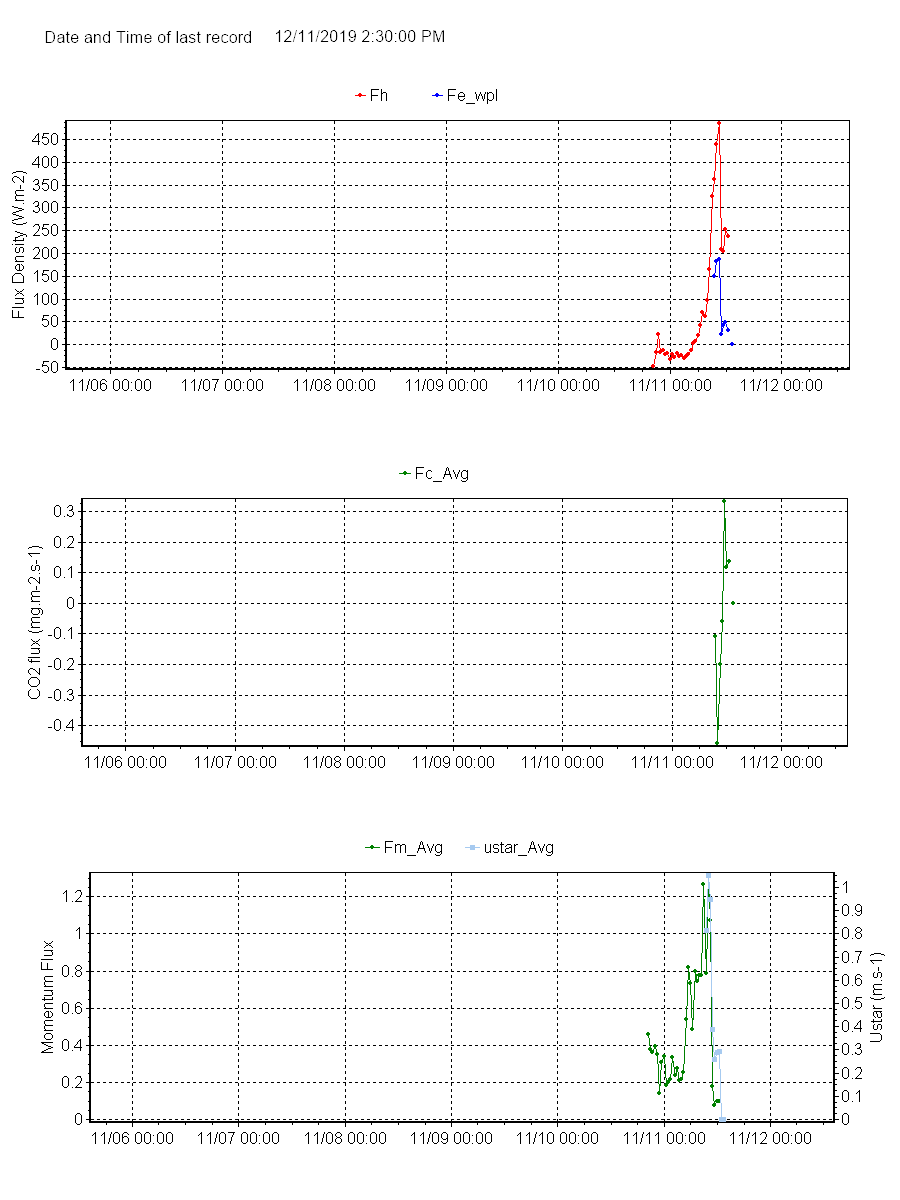
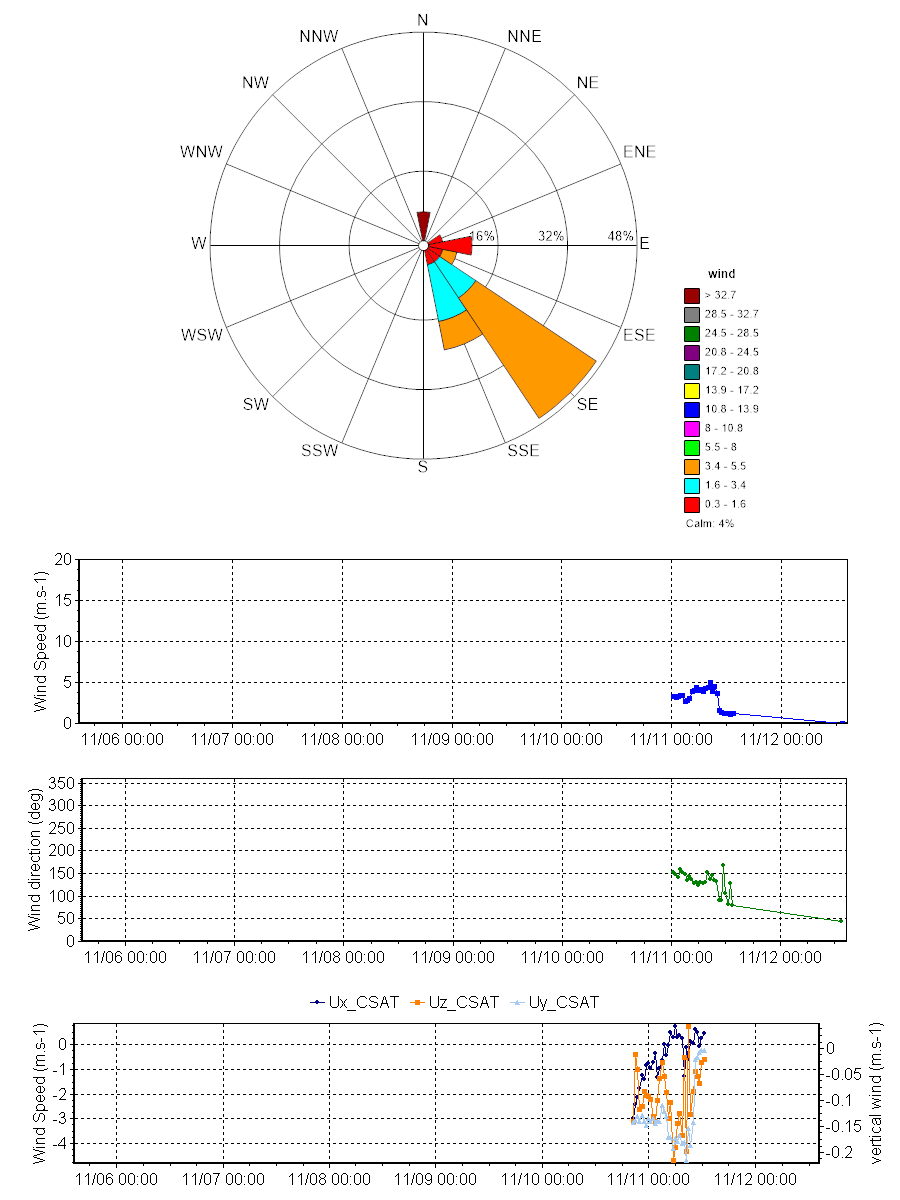
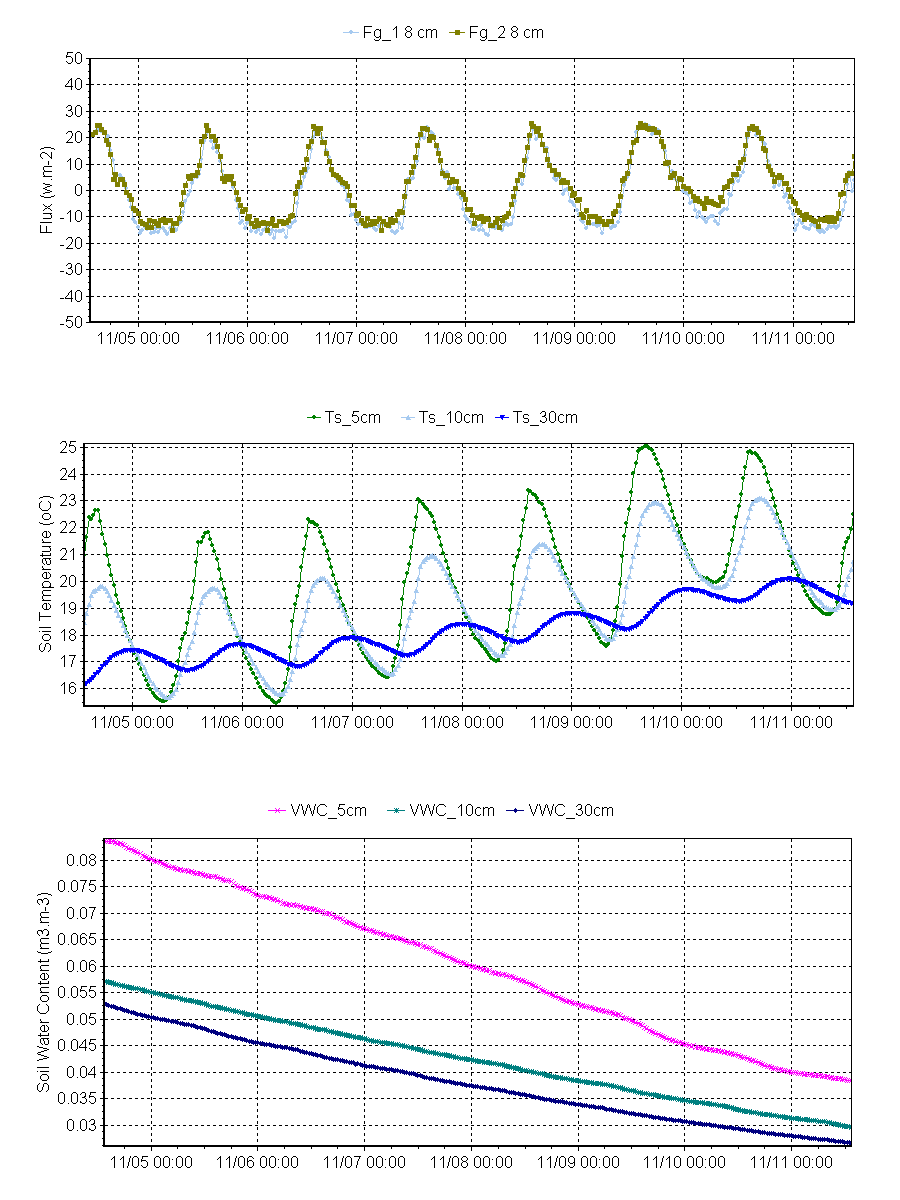
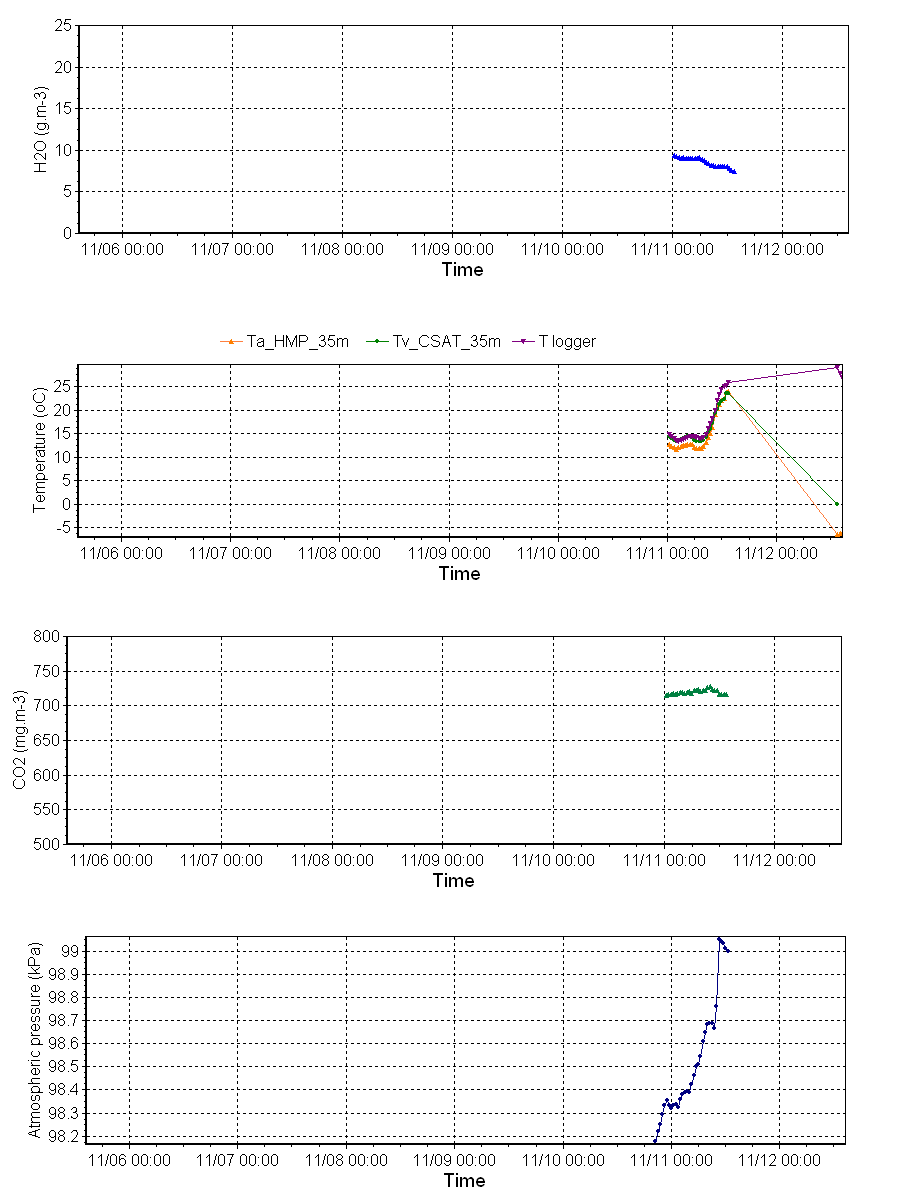

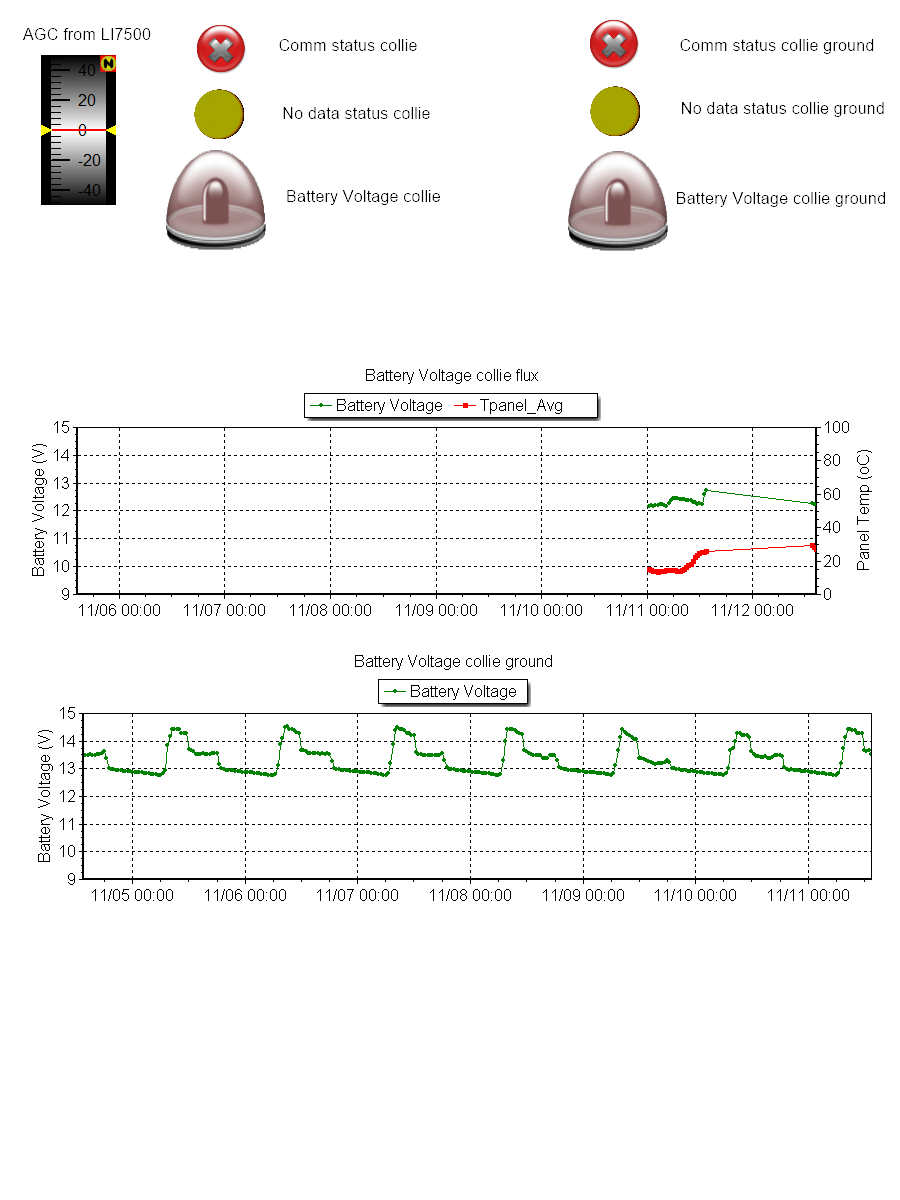
|
Instrument |
Make |
Model |
Description |
|
Data logger |
Campbell Scientific |
CR3000 |
Ground |
|
Open Path CO2 H2O |
LI-COR |
Li-7500 |
35m |
|
Soil heat flux (two replicates) |
REBS |
HFT3 |
0.1m |
|
Soil temperature |
Campbell Scientific |
TCAV-L |
0.08m |
|
Sonic anemometer |
Campbell Scientific |
CSAT3 |
35m |
|
Temperature and Relative Humidity |
Vaisala |
HMP45AC |
35m |
|
Soil Moisture (3 replicates) |
Campbell Scientific |
CS650 |
0.1, 0.2, 0.6m |
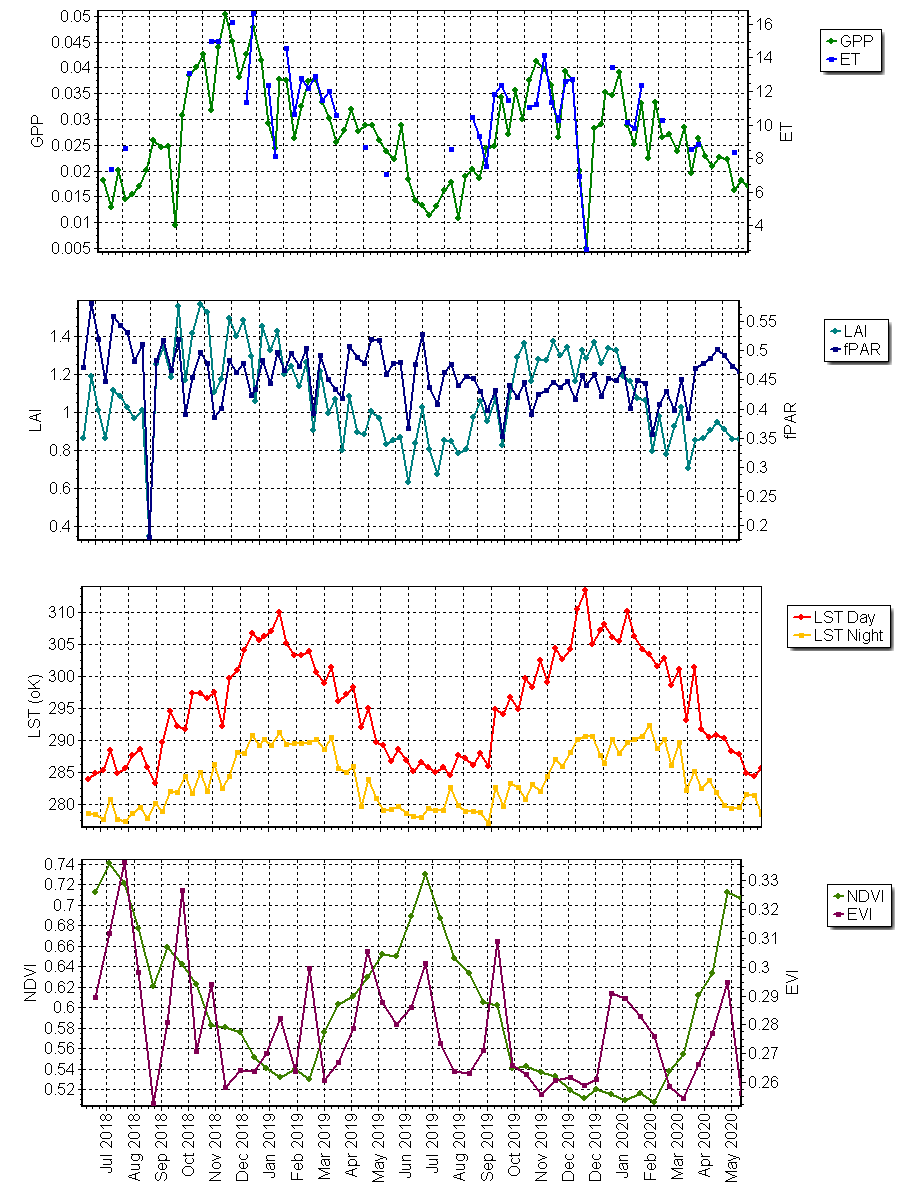
The data was obtained from the Oak Ridge National Laboratory Distributed Active Archive Center for Biogeochemical Dynamics (ORNL DAAC) (https://daac.ornl.gov/MODIS/). The ORNL DAAC provides MODIS Land Product Subsets for model validation, site characterisation and remote-sensing purposes.
Daily updated data was obtained from this provider, with an area of 3x3km extracted using Python script written by Mr. Darien Pardinas-Diaz ([email protected]). The plots were produced using QC Filter Conditions 000 and 001. Condition 000 represents the highest QC Filter possible and 001 represents a reliable and usable QC Filter, though not to the standard of 000.

